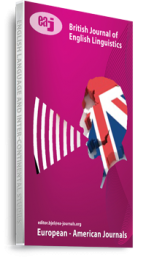Translation is the communication from the meaning of a source-language text by means of an equivalent target-language text. While interpreting-the facilitating of oral or sign-language communication between users of different languages-antedates writing, translation is begun only after the appearance of written literature. Translators always risk inappropriate spill-over of source-language idiom and usage into the target-language translation. On the other hand, spill-overs have imported useful source-language calques and loanwords that have enriched the target languages. The study investigated how the finite verbs are translated into Indonesian by using descriptive contrastive method through library works. In translating English language into Indonesia language regarding to verbs, it cannot be forced to have the same function of verbs from SL (English verbs) to TL (Indonesian verbs) because each language has its characteristics semantically. The result showed that the contextual consistency is more dominant than the verbal consistency, which supports Larson (1984) and Nida (1974) theories.
Keywords: translation; verbs; English; Indonesian; interpreting

